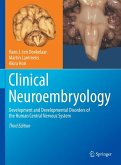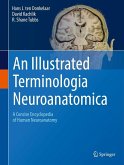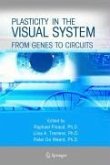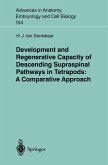Neurology, more than any other system of medicine, is rooted in the firm knowledge of basic science material (i.e., the anatomy, physiology, and pathology of the nervous system). This material enables students to readily arrive at diagnoses and to apply their knowledge at solving problems in clinical situations. Neuroanatomy for the Neuroscientist gives neuroscientists the tools to teach this material at levels appropriate for students at several levels of study, including undergraduate, graduate, dental, and medical school. The text also provides an updated approach to lesion localization in neurology, utilizing the techniques of computerized axial tomography (CT scanning), magnetic resonance imaging (MRI), and magnetic resonance angiography (MRA). Multiple illustrations demonstrating the value of these techniques in clinical neurology and neuroanatomical localization has been provided. Both authors have years of experience teaching neuroscience courses at the first or second-year level to medical and dental students. Dr. Jacobson has taught an upper-level undergraduate biology course on the central nervous system at Tufts University for many years, and Dr. Marcus conducts a problem-solving seminar at the University of Massachusetts in which all medical students participate during their clinical neurology clerkship rotation. Neuroanatomy for the Neuroscientist also provides new approaches to lesion localization in neurology, the utilization of computerized axial tomography techniques (CT scanning), magnetic resonance imaging (MRI), and magnetic resonance angiography (MRA).
Dieser Download kann aus rechtlichen Gründen nur mit Rechnungsadresse in A, B, BG, CY, CZ, D, DK, EW, E, FIN, F, GR, HR, H, IRL, I, LT, L, LR, M, NL, PL, P, R, S, SLO, SK ausgeliefert werden.









